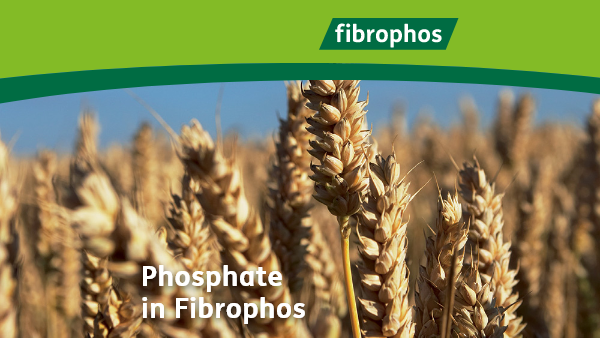As we move towards a far more environmentally focussed form of farming with future support payments likely to be linked to tighter controlled friendly farming, it is becoming critical that we focus on efficient use of fertilisers – particularly phosphate which is the dominant cause of agricultural water quality failure.
This is the drive behind new ongoing research from AHDB into understanding how phosphate works in our soils. Early results have surprised the traditionalists who have for years peddled the myth about the importance of water soluble phosphate as supplied by TSP. The report has revealed that:
‘The recovery rate of TSP by the first crop is just 4% – the vast majority of the phosphate applied goes into the reserves of fixed P in the soil, which is unavailable to plants and only released very slowly’.
Other forms of traditional phosphate, treated phosphate or fertiliser placement in the trial ‘proved to be little better than TSP’.
These results should come as no surprise to the thousands of farmers who have been using Fibrophos PK Fertilisers across their farms as their sole P&K source for over 20 years. They endorse the evidence that the phosphate in Fibrophos is available to the crop as required and goes on working year after year to help maintain adequate indices for today’s heavy demanding crops.
Chief ADAS scientist Prof Roger Sylvester-Bradley, head of Crop Performance for ADAS, who is conducting the report admits that this information has been a long time coming as trials on phosphate take a very long time.
The report does acknowledge that different soils act in different ways – calcareous soils require P on a more regular basis for instance. It also suggests that in order to protect our environment from excess run off, we need to avoid wasteful over application of expensive phosphate and replace with those more effective sources. This may mean allowing our soils to fall below the recommended index of 2 provided we have the confidence that the levels in the soil phosphate bank is not yield limiting.
This could be achieved in the future as the trials suggest that 80% of the phosphate taken up by the crop comes from the soil rather than applied fertiliser – so further highlighting the need to ‘feed the soil’ with an effective good value fertiliser less damaging to the environment.
With Fibrophos offering a real alternative to traditional thinking, it certainly fits the bill in terms of cost savings – and comes with the added bonus of a wide range of trace elements, Calcium, Magnesium, Sodium and Sulphur. There is also a good range of trace elements – all at no extra cost.
With Fibrophos PK Fertiliser offering so much, why pay more?
More information including extensive trial work supporting our claims can be found in our Handbook.
Peter Hatcher, Fibrophos Ltd





